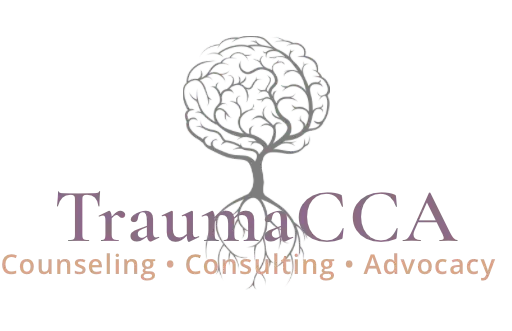Common Myths and Facts About Trauma Recovery
Trauma recovery is a complex, deeply personal journey, and there’s a lot of misinformation that can make healing feel harder than it needs to be. Many myths are based on misunderstandings about how trauma affects the brain, body, and spirit — and how recovery actually happens. Let’s explore some common myths alongside the facts, grounded in modern trauma research and lived experiences of survivors.
Myth 1: “Time Heals All Wounds”
Fact: Time alone does not heal trauma.
While it’s true that time can help soften some pain, trauma recovery requires more than simply waiting for years to pass. Science shows that healing happens through gaining safety, support, and effective strategies to regulate the nervous system and process painful experiences. Without these, trauma symptoms can persist or even worsen over time. Healing is active, not passive.
Myth 2: “You Have to Remember Every Detail to Heal”
Fact: You can heal even without clear memories of the trauma.
Many traumatic experiences, especially from early childhood or complex trauma, are stored in the nervous system rather than as explicit memories. Trauma impacts the body and brain beyond conscious recall, meaning healing work can focus on feelings, body sensations, and current symptoms rather than solely on revisiting what happened. Healing is about how trauma affects you now, not just the past event.
Myth 3: “Talking About Trauma is the Only Way to Process It”
Fact: Talking helps some, but many heal through other methods.
While talk therapy works well for many, others find somatic therapies, EMDR, art therapy, or mindfulness more helpful — especially if talking feels unsafe or overwhelming. Healing can happen through body-based practices, safe relationships, creative expression, and learning new ways to feel safety and control without necessarily recounting trauma narratives.
Myth 4: “Once You’ve Had Trauma, You’ll Suffer Forever”
Fact: Recovery is absolutely possible — and people often grow stronger.
Trauma can be painful and life-altering, but it doesn’t have to define you for life. Many survivors experience post-traumatic growth, discovering inner strength, deeper meaning, and richer connections as they heal. With access to trauma-informed care and support, nervous systems can regulate better and symptoms diminish.
Myth 5: “Trauma Only Happens After Major Events”
Fact: Trauma includes many forms—big and small, acute or chronic.
Trauma isn’t just war, assaults, or disasters. Ongoing neglect, emotional abuse, witnessing conflict, systemic oppression, and early neglect also cause trauma. Chronic, less obvious stresses can deeply shape brain development and emotional health. All trauma deserves recognition.
Myth 6: “Healing from Trauma Means You Won’t Have Setbacks”
Fact: Setbacks are a natural part of the healing process.
Recovery is rarely linear. Some days feel like progress, some days like regressions. This is normal and doesn’t indicate failure. Healing rewires the brain and body over time and requires patience, self-compassion, and the right support.
Myth 7: “Trauma Lives Only in the Mind”
Fact: Trauma impacts your entire nervous system and body.
Trauma is not “just in your head.” It affects brain areas involved in emotion, memory, and threat response, but also disrupts the body’s nervous system, causing chronic stress, immune issues, and physical symptoms. Effective healing addresses both brain and body.
Myth 8: “Only Veterans or People Who Experienced Extreme Trauma Get PTSD”
Fact: PTSD and trauma responses can happen to anyone exposed to trauma.
It’s a misconception that PTSD only affects combat veterans. Anyone who experiences, witnesses, or is indirectly exposed to trauma can have PTSD or trauma symptoms. Trauma is universal and crosses all backgrounds.
Myth 9: “Recovery Depends on Willpower”
Fact: Trauma recovery requires support and sometimes professional help.
Trauma effects aren’t simply “mental weakness” to overcome with willpower. They are deep neurobiological changes requiring trauma-informed therapy, safety-building, and sometimes medication or specialized interventions to restore balance. Seeking help is strength, not failure.
Myth 10: “You Must Share Your Trauma Story to Heal”
Fact: Healing doesn’t require disclosure until you’re ready — or at all.
Some survivors heal without ever fully narrating their trauma, especially if talking is triggering. Healing can begin with self-education, grounding techniques, nurturing relationships, and somatic work without verbal recounting.
Why Knowing the Truth About Trauma Recovery Matters
These myths can cause shame, isolation, confusion, and delays in seeking help. Understanding the facts helps survivors feel validated, hopeful, and empowered to pursue the kinds of healing that fit their unique experiences and needs.
If you or someone you know is on this journey, remember: healing is possible, and there is no one “right” way to achieve it. Compassion, safety, and support are your allies.
